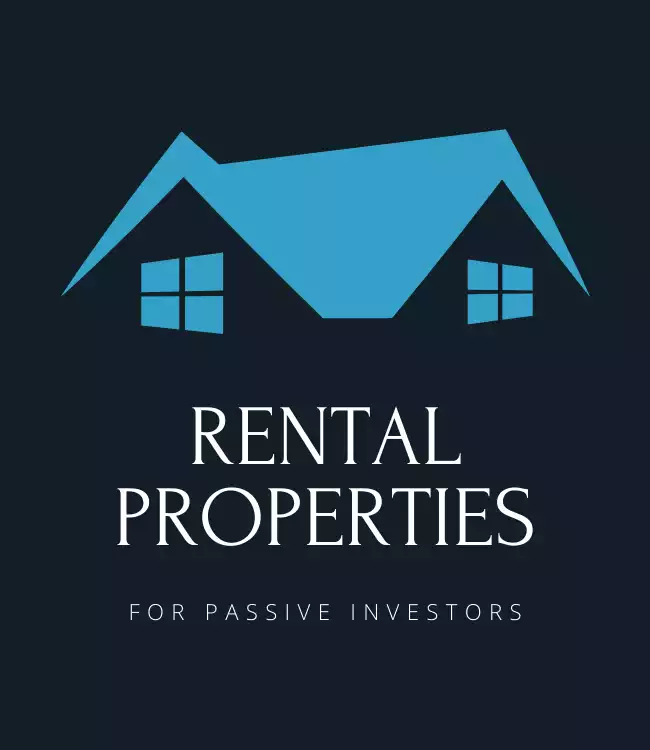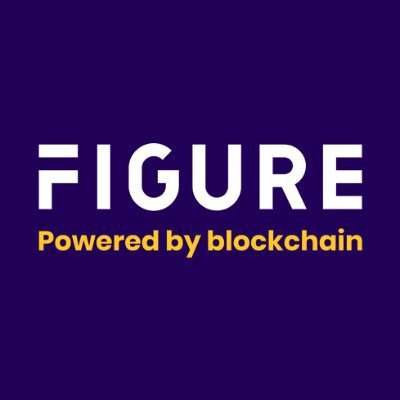The BRRRR method (also known as the BRRR strategy) is an acronym that stands for Buy, Rehab, Rent, Refinance, Repeat. This popular real estate investment strategy involves purchasing a distressed property, rehabbing it to increase its value, renting it out to generate income, refinancing the property to pull out equity, and then using that equity to invest in another property.
The BRRRR method aims to create a self-sustaining real estate portfolio that generates passive income and builds long-term wealth.
Rental property is LMM’s favorite form of passive income. But if you want to maximize your real estate investments, you’ll have to get a little less passive.
If you like paperwork and money, you’ll love the BRRR strategy!
B is for Buy
The first step is to buy an undervalued
It could just be a “psycho deal,” your lucky day when you get a great deal because the family member who inherited the house lives far away and wants to get rid of it quickly.
Maybe the home is undervalued because it needs some work. If that’s the case, it brings us to the first R.
R is for Rehab
You’ve got yourself a fixer-upper. In the case of a relative selling the house, it might need some updating.
If it was undervalued for the neighborhood, it might need serious renovation, like a new roof or foundation.
Some renovations will increase the value of the home more than others. According to Investopedia, these are the top five improvements for 2017.
1. Install fiberglass insulation in the attic
Average cost: $1,200 to $2,000
Expected Recoup: 107%
2. Replace your front door
Average cost: $1,500 to $2,500
Expected Recoup: ~90%
3. Install new vinyl siding
Average cost: $12,000
Expected Recoup: 80-84%
4. Upgrade your garage door
Average cost: $2,300 to $3,000
Expected Recoup: ~80%
5. Switch to hardwood floors
Average cost: $5,000 to $6,000
Expected Recoup: 78-91%
Don’t go crazy with the renovations. If you got a psycho deal and paid $60,000 for a home worth $85,000, don’t spend $30,000 renovating the place.
Andrew’s course, Rental Properties for Passive Investors, details how he approaches cost-effective property improvements.
He documented the experiences he and his wife had bringing three deals to completion and what he considers the foundations of a successful rental business.
Go here to learn his investing approach.
Our proven, data-driven approach to building a portfolio of income-producing rental properties that perform in the long-term.
R is for Rent
The 1% rule is an easy way to calculate how much rent you should charge.
According to the 1% rule, the charge for rent each month should be equal to (or greater than) 1% of what you paid for the house, including any renovations, repairs, and improvements.
We bought our house for $60,000 and put $15,000 into renovations, so the rent we charge should be $750 per month.
The less time you are without a tenet, the better. You never want a
That said, you want to vet tenets thoroughly. For example, a vacant property is better than one with deadbeat tenants who don’t pay their rent and damage your property.
R is for Refinance
When we hear the word refinance, we usually think the goal is to get a new loan at a better rate. That’s why we refinance student loans.
We’re paying 8% interest, but when we refinance with, we get a new interest rate of 4%, saving us a lot of money.
Saving money is not always the goal when refinancing a
It’s your equity that you’re taking out of the house when you refinance.
An alternative to refinancing is to use a home equity line of credit to pull equity out of the property.
Rule #1; never lose money. Rule #2; never forget rule #1.
You bought an $85,000 house for $60,000. That’s already $25,000 in equity. You put down 20%, which was $12,000, so you have $37,000 in equity.
You can pull out 20%, $17,000, and use that money to buy another home.
If you pull out 100% or more of your initial investment in a cash-out deal, as long as your renter is still paying the mortgage, your return can be infinite because you have no initial capital in the deal.
Get cash using your equity. Figure provides a speedy online application process with same-day approval and funding in as little as 5 days. Choose between a HELOC, cash-out-refi, or mortgage refinance.
Appraisal Factors
When you refinance, you’ll need to get a new appraisal. There are two key factors the appraiser will consider: comparable numbers and material improvements.
Each lender sets specific guidelines for comps. Proximity to the home being appraised, often a one-mile radius for the city and suburban homes and five miles for rural homes.
Recent sales and listings, usually within the prior three to six months.
Similarly, if your home is an 800-square-foot bungalow, it won’t be compared to the 3,000-square-foot McMansion, even if they’re next door to each other.
This is the most important of the two components, and you can easily pull these numbers with little research.
Material improvements are any renovations, upgrades, and repairs done inside and outside the home. Come armed with a list of your improvements and what they cost.
There is no way to game the appraisal system in hopes of increasing the value of your home. You’re better off scouring Roofstock for psycho deals.
Don’t Screw it Up!
Your rental should be cash flow positive before and after you refinance.
Only pull out as much in a cashout deal as possible while maintaining the home as an excellent
If, after the refinance, your mortgage payment goes up, it should always be covered by the rent you collect.
The criteria you applied when you chose the house should be reapplied to the refinancing.
You don’t have to take out the maximum amount of cash you’re allowed, just like you don’t have to buy a home at the top of what your original mortgage was approved for.
Don’t ruin a good thing by trying to refinance too early. You can have instant equity in an undervalued house like our $85,000 house.
Your equity could come from the increase in value after your renovations. Or the equity can come from appreciation over time.
It might take six months for the numbers to work out in your favor, and it might take years.
Cash-out deals can be a terrific part of your real estate strategy, or they can turn into a house of cards that come crashing down on your head.
Run and re-run the numbers and ensure they work out before making any decisions.
Show Notes
My Name is Citrus Maximus: An IPA with a hint of grapefruit.
Investable: Research and evaluate rental properties.




